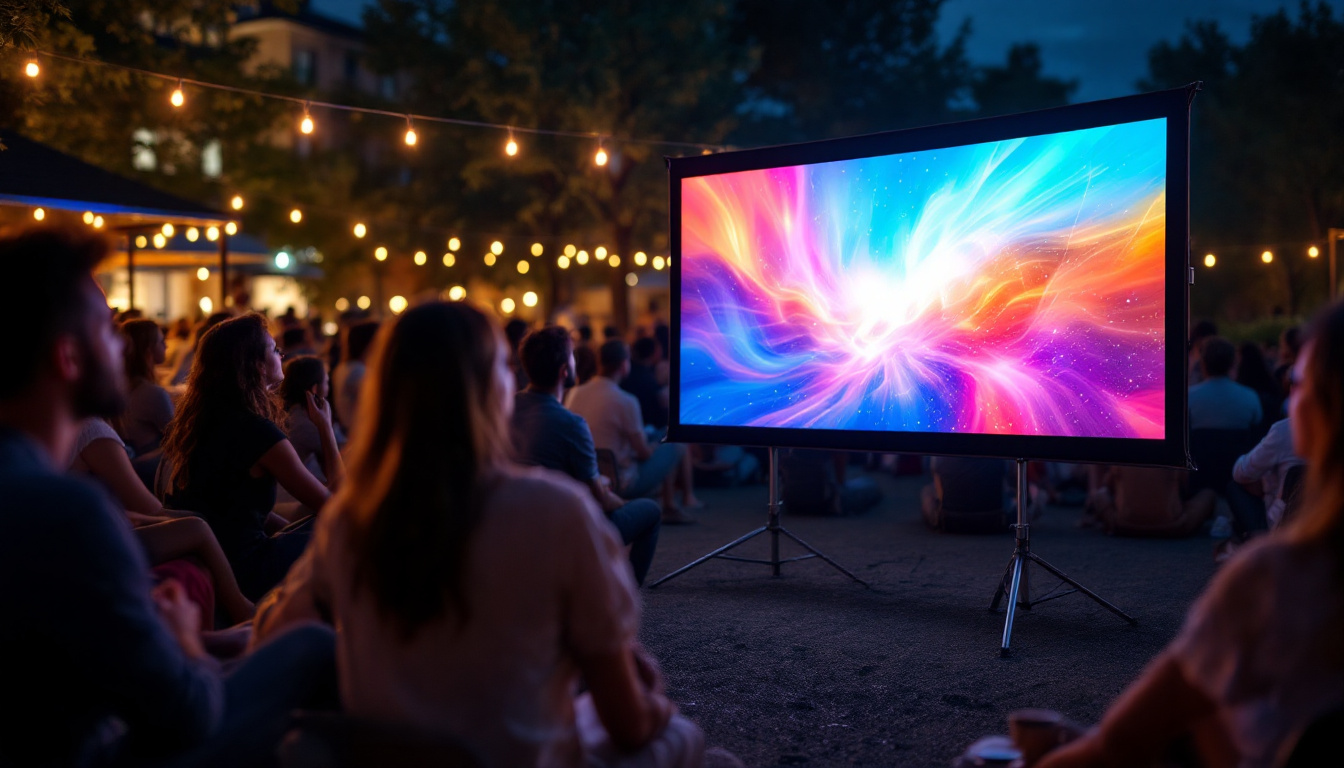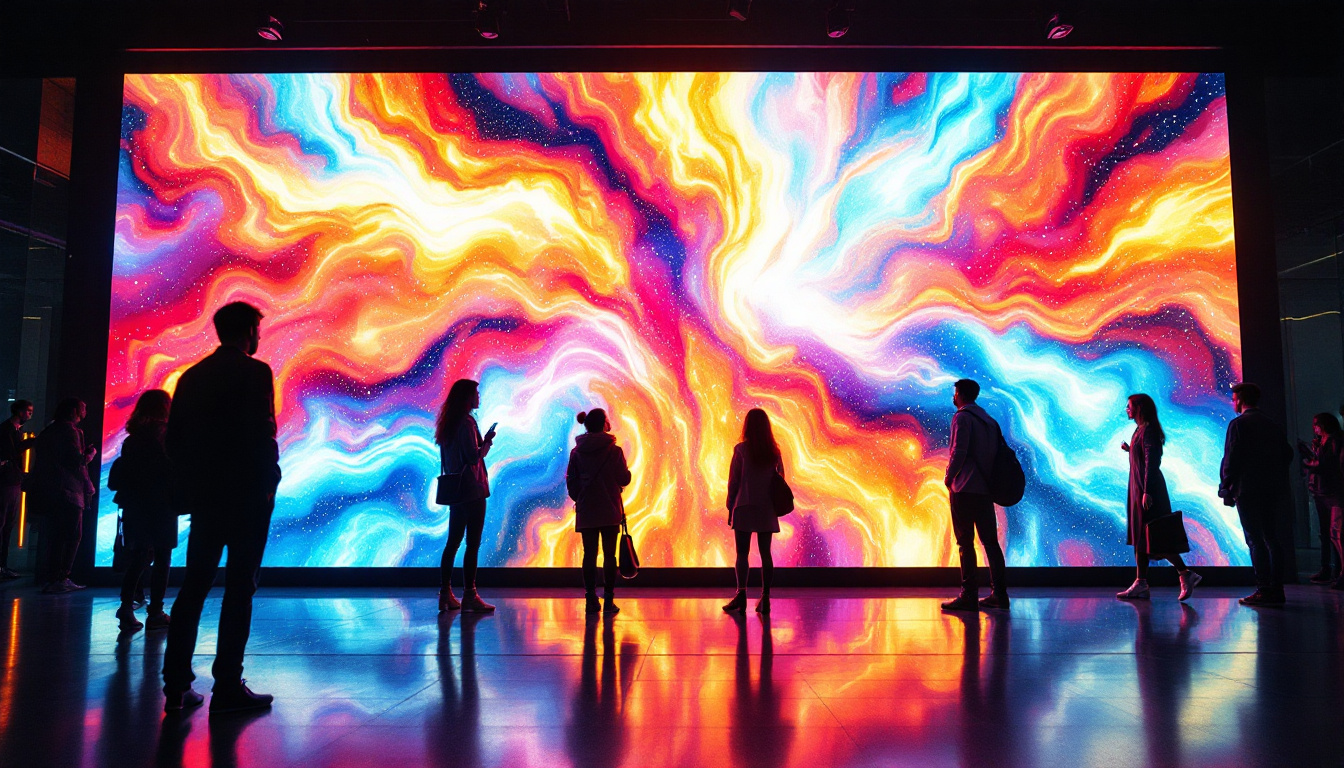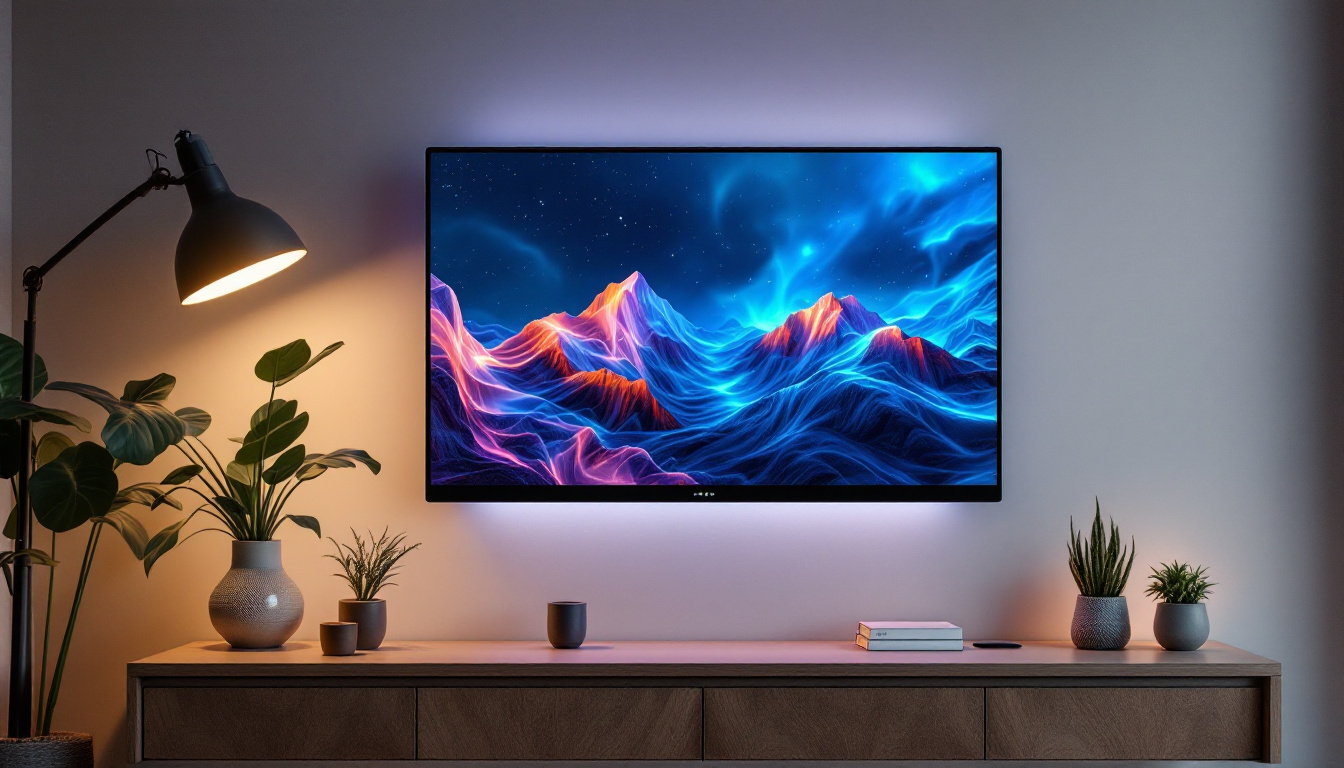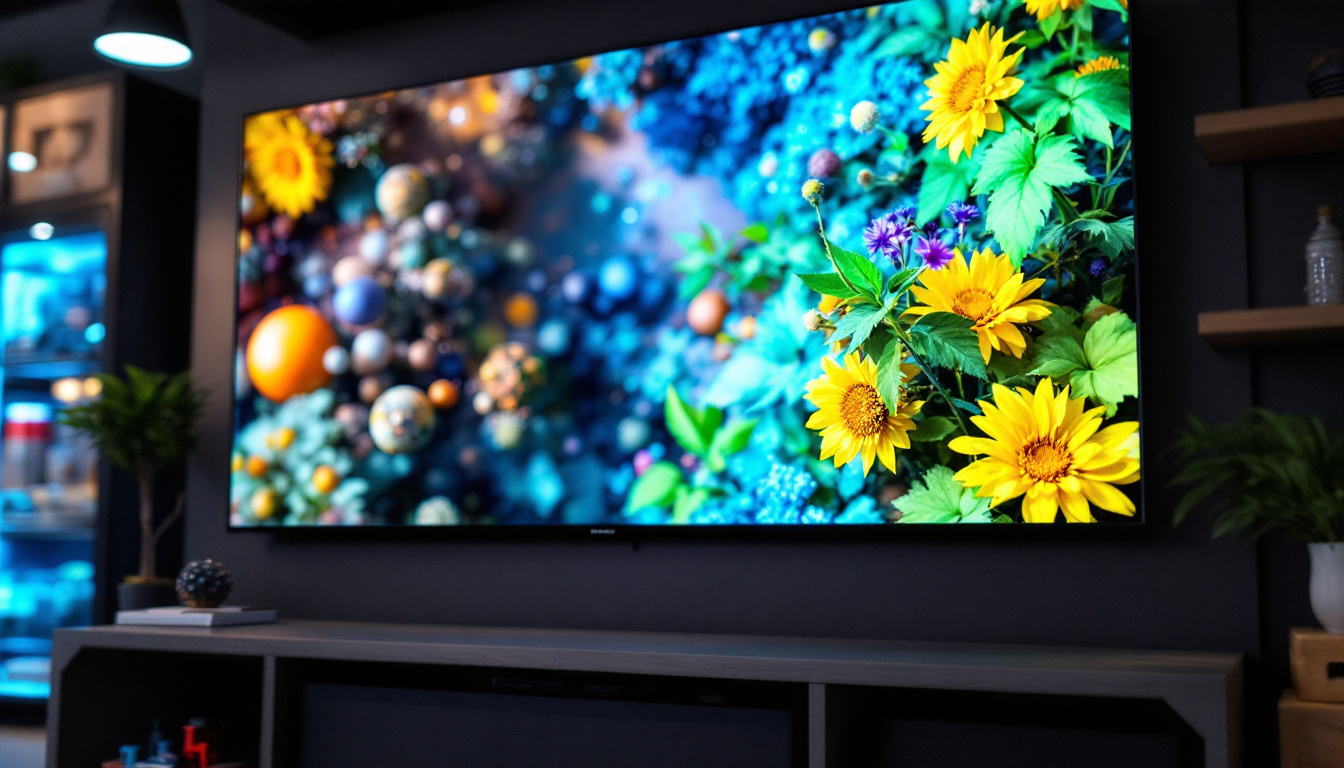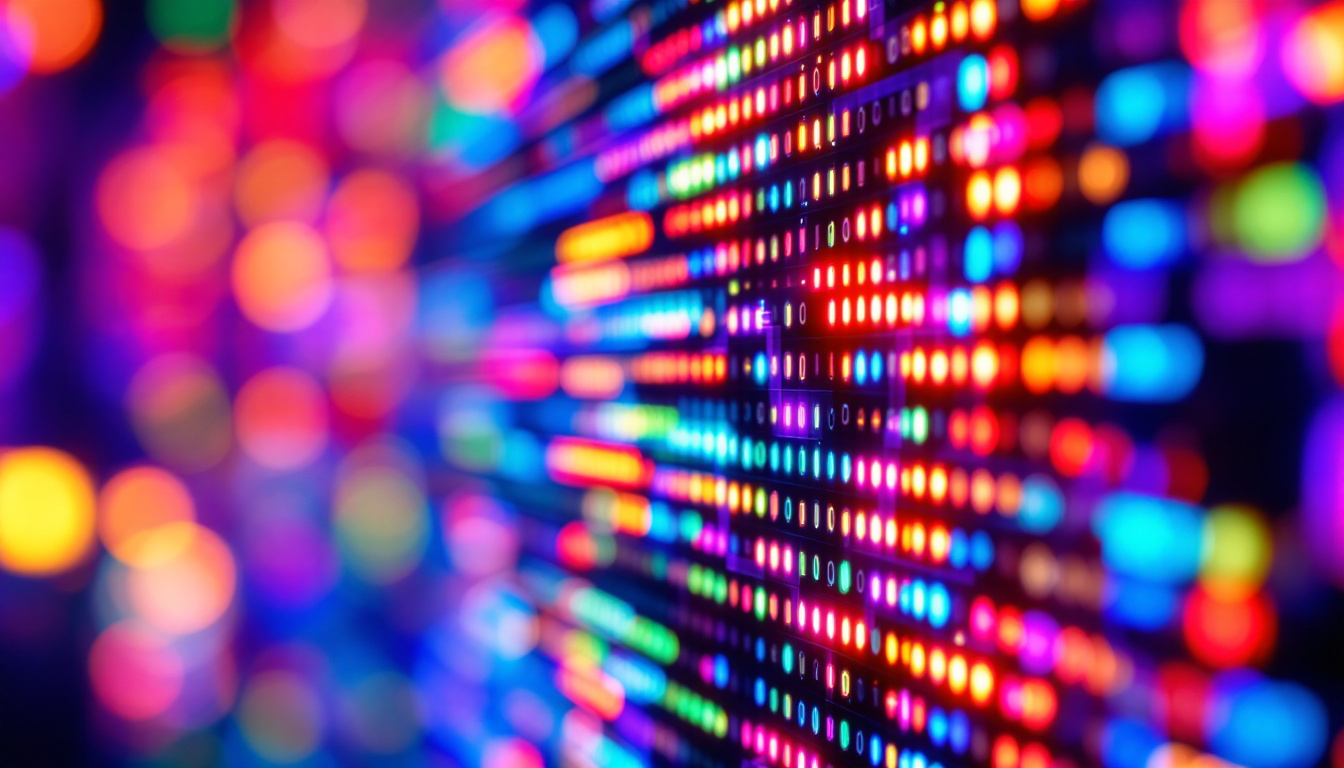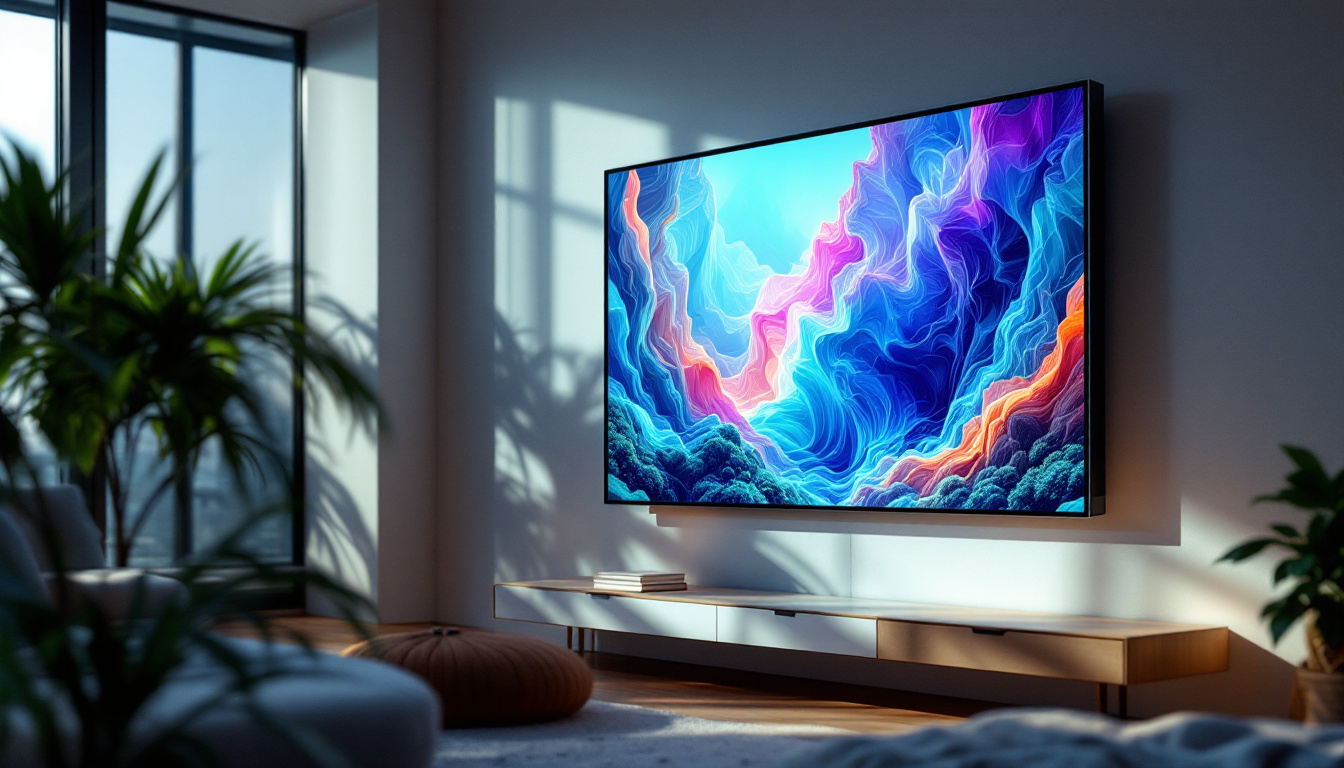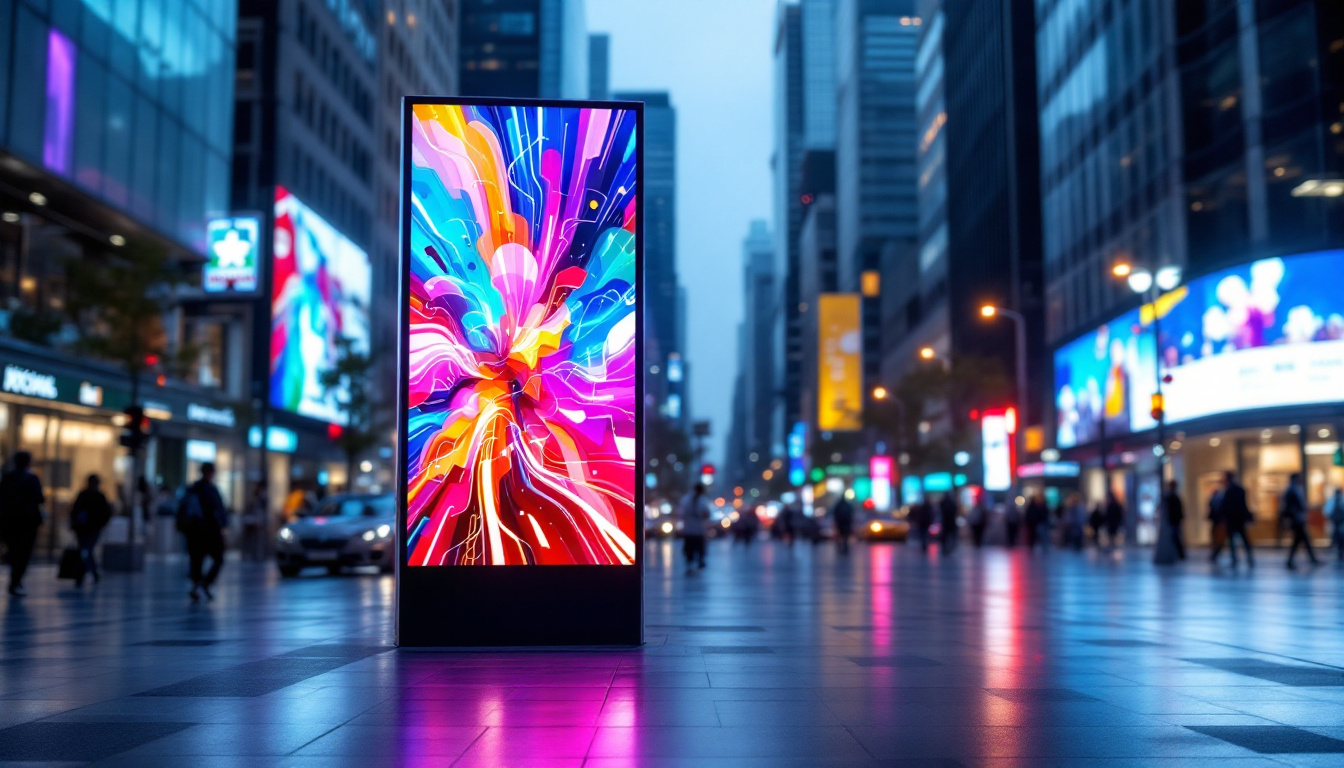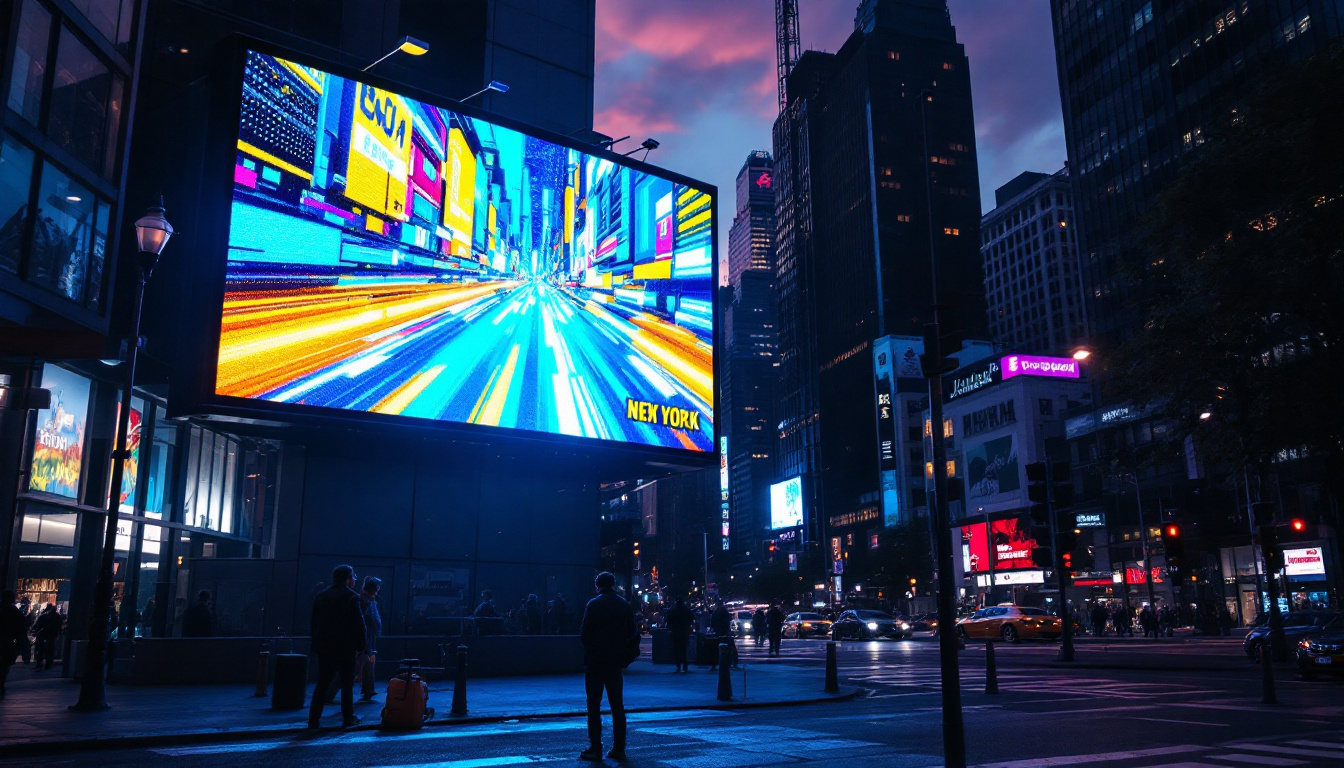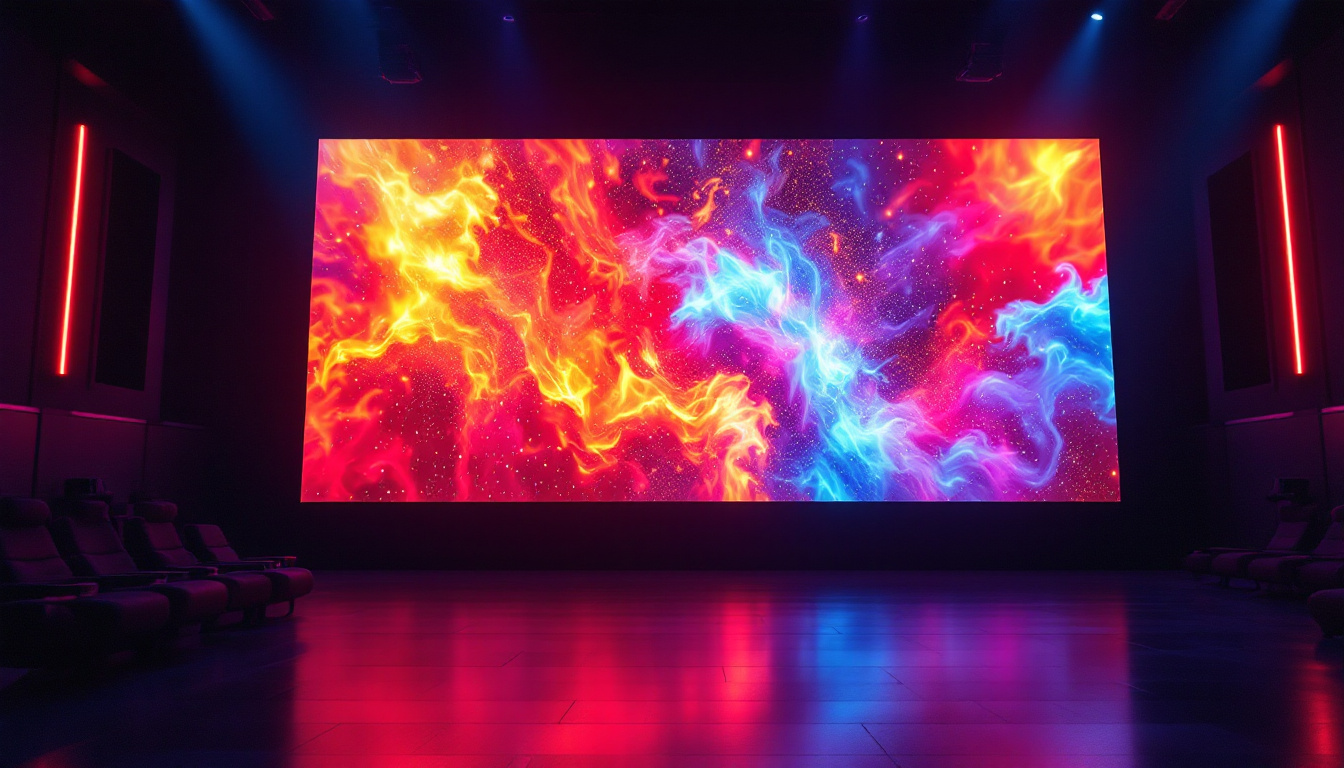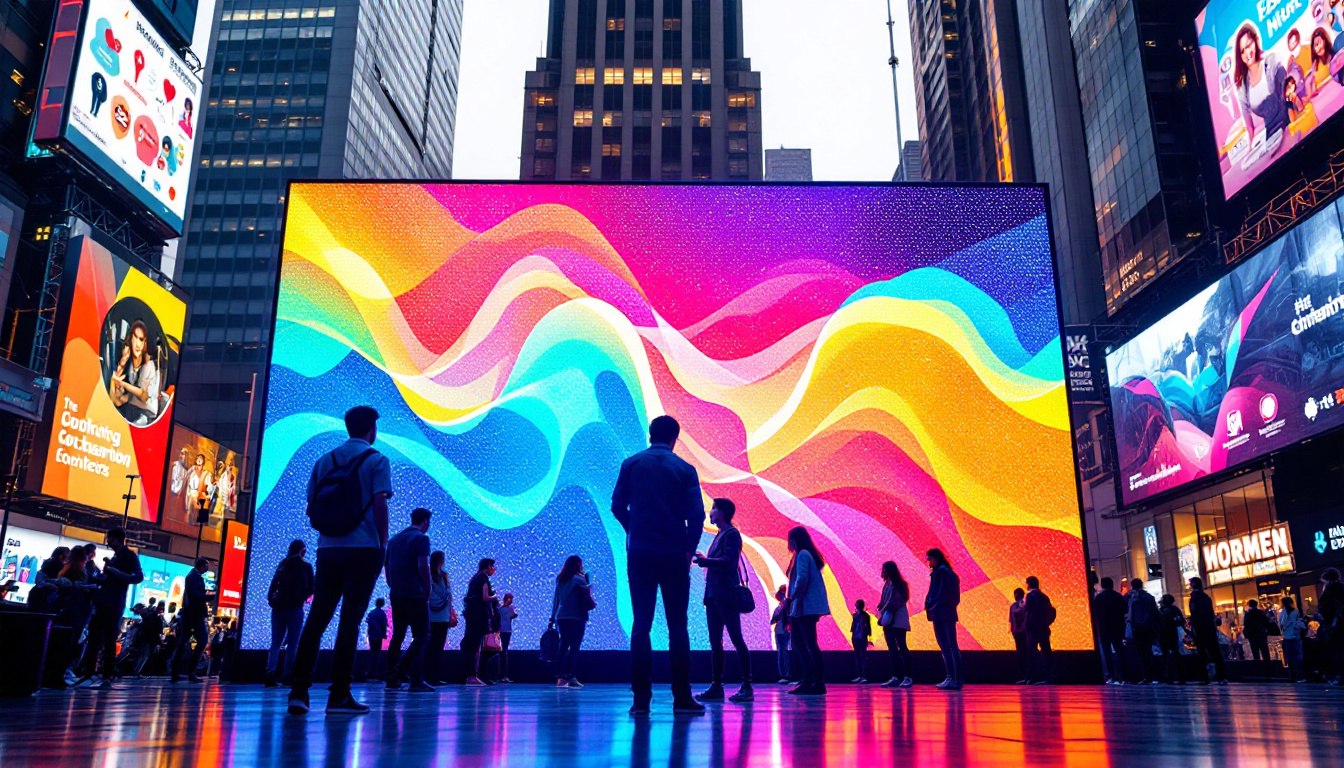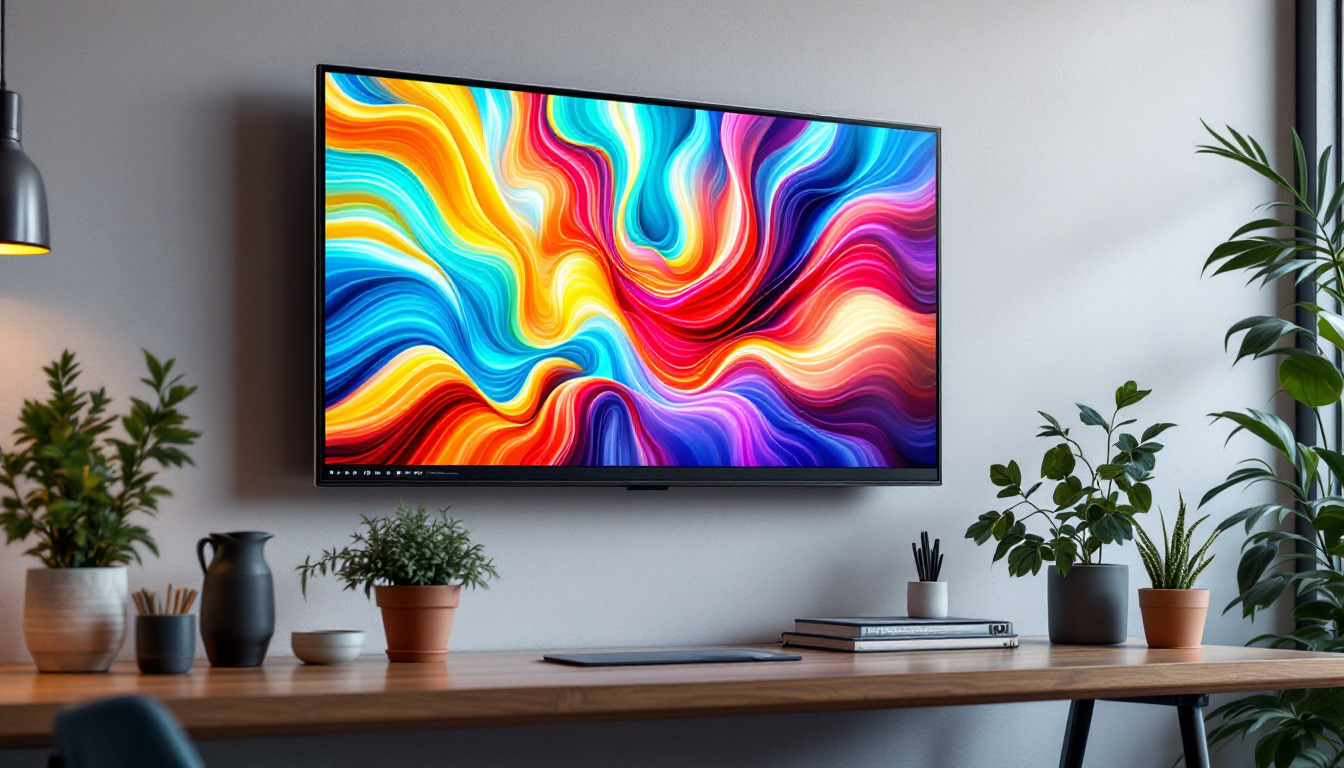DisplayPort 1.4 has become a pivotal standard in the realm of digital video interfaces, particularly for LED displays and high-performance monitors. As display technology rapidly evolves, understanding the specifications and capabilities of DisplayPort 1.4 is essential for professionals, gamers, content creators, and anyone invested in high-quality visual experiences. This article delves deep into the DisplayPort 1.4 specifications, explaining how it enhances LED display performance and why it remains relevant in today’s display technology landscape.
Understanding DisplayPort 1.4: An Overview
DisplayPort is a digital display interface developed by the Video Electronics Standards Association (VESA). Introduced in 2006, it has undergone several revisions, with DisplayPort 1.4 being released in March 2016. This version brought significant improvements over its predecessors, enabling higher resolutions, faster refresh rates, and enhanced color fidelity.
At its core, DisplayPort 1.4 supports a maximum bandwidth of 32.4 Gbps (gigabits per second), which translates into a maximum data throughput of 25.92 Gbps after accounting for encoding overhead. This bandwidth is critical for driving high-resolution LED displays with rich color depth and smooth motion.
One of the key features of DisplayPort 1.4 is its support for Display Stream Compression (DSC) 1.2, a visually lossless compression technique that allows for even higher resolutions and refresh rates without overwhelming the interface bandwidth. This makes it particularly valuable for LED displays that demand ultra-high-definition output.
Why DisplayPort 1.4 Matters for LED Displays
LED displays, including LED monitors, video walls, and direct-view LED panels, require interfaces capable of handling large amounts of data quickly and reliably. DisplayPort 1.4’s high bandwidth and advanced features make it well-suited for these applications. It can support 4K resolution at 120Hz or 8K resolution at 60Hz with HDR (High Dynamic Range), delivering crisp, vibrant images with smooth motion.
Moreover, the ability to transmit HDR metadata and support for wide color gamuts like DCI-P3 and BT.2020 ensures that LED displays connected via DisplayPort 1.4 can reproduce colors more accurately and with greater dynamic range, enhancing overall image quality.
In addition to its impressive specifications, DisplayPort 1.4 also incorporates features that enhance user experience and connectivity. For instance, it supports Multi-Stream Transport (MST), which allows multiple displays to be daisy-chained from a single DisplayPort output. This is particularly beneficial for professionals in fields such as graphic design, video editing, and gaming, where multi-monitor setups can significantly boost productivity and immersion. Furthermore, the versatility of DisplayPort 1.4 in handling both audio and video signals over a single cable simplifies setup and reduces cable clutter, making it a practical choice for modern workspaces.
Another noteworthy aspect of DisplayPort 1.4 is its backward compatibility with earlier versions of DisplayPort, as well as its ability to connect to HDMI displays through adapters. This flexibility ensures that users can leverage existing hardware while still benefiting from the advanced capabilities of DisplayPort 1.4. As technology continues to evolve, the relevance of DisplayPort 1.4 remains strong, paving the way for future advancements in display technology and enhancing the overall viewing experience across various applications.
Key Specifications of DisplayPort 1.4
To appreciate the capabilities of DisplayPort 1.4, it’s important to understand its technical specifications. Below are the most critical aspects:
Bandwidth and Data Rates
DisplayPort 1.4 operates with a raw bandwidth of 32.4 Gbps across four lanes, each running at 8.1 Gbps. After accounting for 8b/10b encoding overhead, the effective data rate is approximately 25.92 Gbps. This bandwidth supports high-resolution video streams with high refresh rates and color depth.
For comparison, HDMI 2.0, a competing interface, supports up to 18 Gbps, which limits its ability to handle 8K content without compression. DisplayPort 1.4’s higher bandwidth provides a significant advantage for demanding LED display setups.
Resolution and Refresh Rate Support
DisplayPort 1.4 can natively support:
- 4K (3840×2160) at up to 120Hz
- 5K (5120×2880) at 60Hz
- 8K (7680×4320) at 60Hz with DSC enabled
These capabilities enable users to experience ultra-high-definition content with fluid motion, which is especially important for gaming, professional video editing, and large-scale LED video walls.
Display Stream Compression (DSC) 1.2
DSC 1.2 is a visually lossless compression algorithm that allows DisplayPort 1.4 to transmit higher resolution and refresh rate video streams than would otherwise be possible given its bandwidth limitations. By compressing the video data, DSC can effectively triple the amount of data transmitted without perceptible loss in image quality.
This feature is critical for LED displays pushing beyond 4K resolutions or requiring high frame rates, as it enables smoother performance and reduces the need for multiple cables or complex daisy-chaining setups.
HDR and Color Depth
DisplayPort 1.4 supports HDR10 metadata, enabling LED displays to showcase a wider dynamic range between the darkest and brightest parts of an image. This results in more realistic visuals with greater contrast and detail.
Additionally, DisplayPort 1.4 supports up to 10-bit color depth per channel, allowing for over 1 billion colors, compared to the 16.7 million colors possible with 8-bit color. This enhancement is vital for professional content creators and anyone seeking superior color accuracy on LED displays.
Practical Applications of DisplayPort 1.4 in LED Displays
DisplayPort 1.4’s specifications translate into tangible benefits across a variety of LED display applications. Below are some of the most common use cases where DisplayPort 1.4 excels.
High-Performance Gaming Monitors
Gaming monitors increasingly demand high refresh rates and low latency to deliver immersive experiences. DisplayPort 1.4 supports refresh rates up to 240Hz at 1080p and 144Hz at 4K, making it ideal for competitive gaming setups.
Furthermore, DisplayPort 1.4’s support for variable refresh rate technologies such as Adaptive Sync helps eliminate screen tearing and stuttering, ensuring smooth gameplay on LED monitors.
Professional Content Creation
Video editors, graphic designers, and photographers benefit from DisplayPort 1.4’s support for wide color gamuts and high color depths. The ability to display HDR content with accurate color reproduction is essential for color grading and visual effects work.
Many professional-grade LED monitors feature DisplayPort 1.4 inputs to ensure compatibility with high-end graphics cards and to maximize image fidelity.
Large-Scale LED Video Walls
In digital signage, concerts, and public displays, large LED video walls require interfaces that can handle ultra-high resolutions and refresh rates. DisplayPort 1.4’s DSC support allows for efficient transmission of massive video streams over fewer cables, simplifying installation and reducing costs.
Its ability to daisy-chain multiple displays through Multi-Stream Transport (MST) also enables scalable video wall configurations without sacrificing image quality.
Comparing DisplayPort 1.4 with Other Display Standards
Understanding how DisplayPort 1.4 stacks up against other common display interfaces helps clarify its strengths and limitations.
DisplayPort 1.4 vs. HDMI 2.0 and HDMI 2.1
While HDMI 2.0 supports 4K at 60Hz and HDR, it falls short of DisplayPort 1.4’s bandwidth and compression capabilities. HDMI 2.1, the latest HDMI standard, supports up to 48 Gbps bandwidth and 8K at 60Hz without compression, surpassing DisplayPort 1.4 in raw specs.
However, DisplayPort 1.4 remains widely used in PC monitors and professional environments due to its robust support for MST, DSC, and adaptive sync technologies, which HDMI 2.1 only recently began to address.
DisplayPort 1.4 vs. DisplayPort 2.0
DisplayPort 2.0, released in 2019, offers a massive bandwidth increase to 80 Gbps, enabling uncompressed 8K at 60Hz or 4K at 240Hz with HDR. Despite this, DisplayPort 1.4 continues to be the most commonly implemented standard in current devices due to its balance of performance and cost.
For users with existing hardware, DisplayPort 1.4 remains a highly capable interface that supports most contemporary LED display needs.
Implementing DisplayPort 1.4: What to Consider
When integrating DisplayPort 1.4 into an LED display setup, several practical considerations ensure optimal performance and compatibility.
Cable Quality and Length
To fully utilize DisplayPort 1.4’s bandwidth, high-quality cables certified for HBR3 (High Bit Rate 3) at 8.1 Gbps per lane are necessary. Poor-quality cables can lead to signal degradation, causing flickering or loss of signal.
DisplayPort cables are generally reliable over lengths up to 3 meters without active signal boosters. For longer runs, active cables or fiber optic DisplayPort solutions may be required to maintain signal integrity.
Device Compatibility
Both the source device (such as a graphics card or media player) and the LED display must support DisplayPort 1.4 to take advantage of its full feature set. Many modern GPUs from NVIDIA and AMD support DisplayPort 1.4, but it’s important to verify specifications before purchase.
Additionally, firmware updates for monitors and GPUs can improve compatibility and performance, so keeping devices up to date is recommended.
Multi-Stream Transport (MST) for Multi-Display Setups
DisplayPort 1.4 supports MST, allowing multiple independent displays to be connected through a single DisplayPort output. This is particularly useful for LED video walls or multi-monitor workstations.
However, the total bandwidth is shared among connected displays, so resolution and refresh rates may need to be adjusted to avoid exceeding the interface’s limits.
The Future of Display Interfaces and LED Displays
While DisplayPort 1.4 remains a robust and widely adopted standard, the display industry continues to evolve rapidly. Emerging technologies such as DisplayPort 2.0, HDMI 2.1, and USB-C with DisplayPort Alternate Mode are shaping the future of video interfaces.
For LED displays, especially those pushing into 8K territory or requiring ultra-high refresh rates for VR and gaming, newer standards will provide even greater bandwidth and flexibility. However, DisplayPort 1.4’s combination of high bandwidth, compression, and adaptive sync support ensures it will remain relevant for years to come.
Understanding the capabilities and limitations of DisplayPort 1.4 helps users make informed decisions when selecting or upgrading LED display systems, ensuring optimal visual performance and future-proofing investments.
Conclusion
DisplayPort 1.4 represents a significant milestone in digital display technology, offering high bandwidth, advanced compression, and support for HDR and wide color gamuts. These features make it an excellent choice for driving LED displays across a wide range of applications, from gaming and professional content creation to large-scale video walls.
By supporting ultra-high resolutions and refresh rates with minimal latency and excellent color fidelity, DisplayPort 1.4 continues to deliver outstanding performance in today’s demanding visual environments. Whether upgrading a workstation, building a gaming rig, or deploying LED signage, understanding DisplayPort 1.4 specs is essential for maximizing display potential.
Explore Cutting-Edge LED Display Solutions with LumenMatrix
Ready to elevate your visual experience with the latest in LED display technology? LumenMatrix is at the forefront of innovation, offering a diverse range of LED display solutions tailored to your unique needs. From immersive Indoor LED Wall Displays to dynamic Outdoor LED Wall Displays and beyond, our products are designed to captivate your audience and amplify your message. Discover how LumenMatrix can transform your space and engage viewers like never before. Check out LumenMatrix LED Display Solutions today and step into the future of visual communication.





